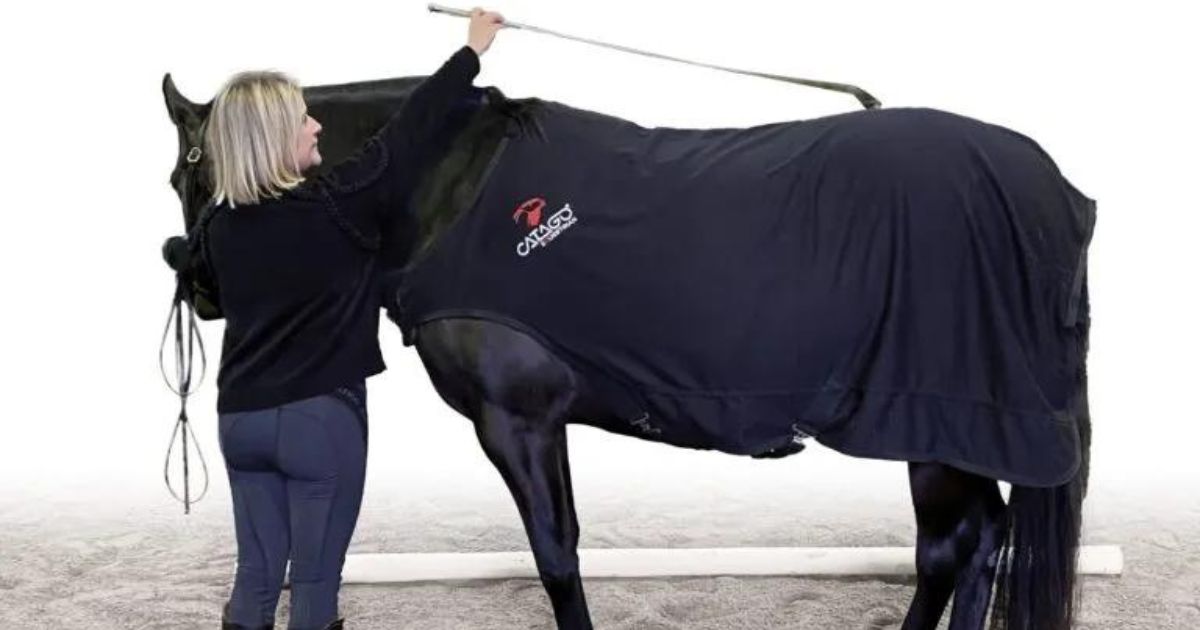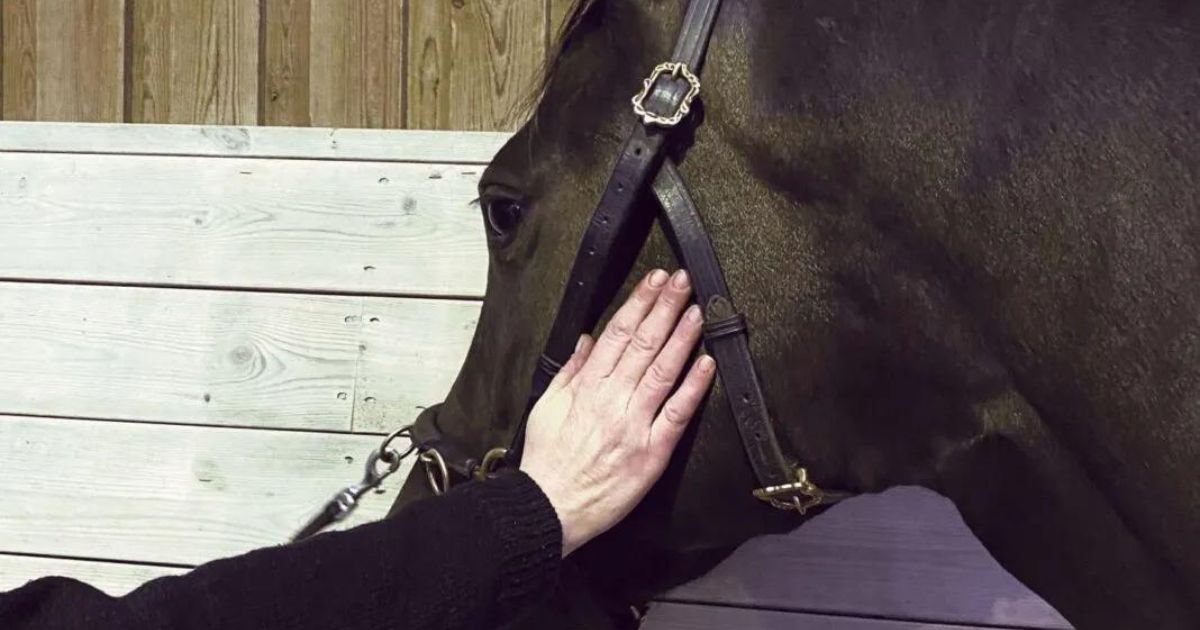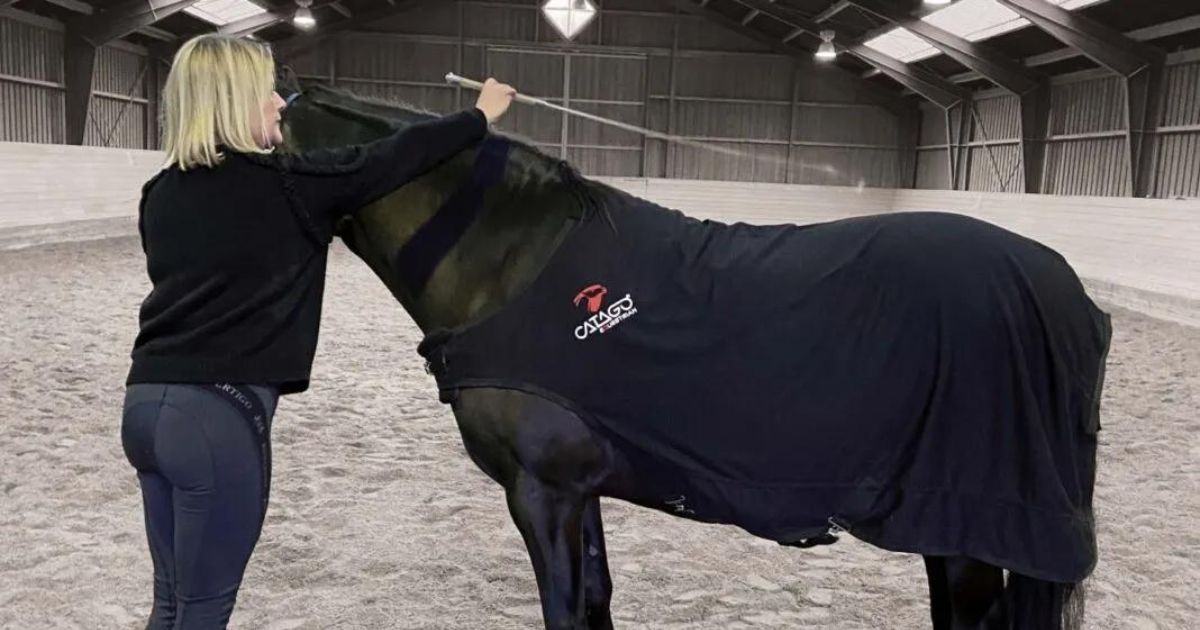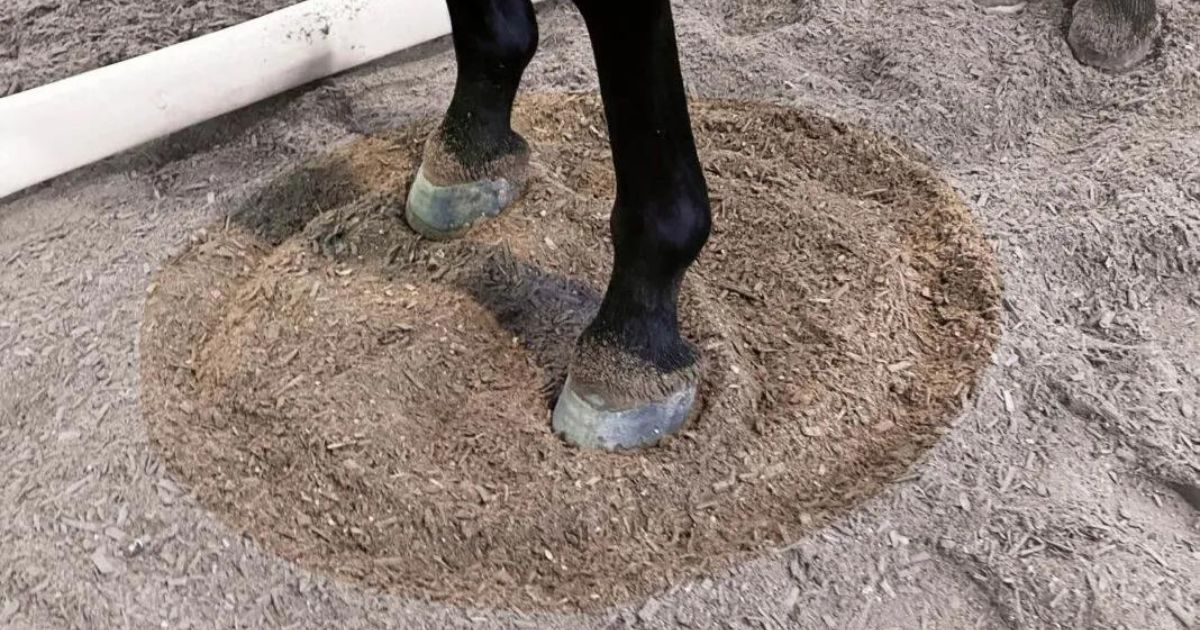Menu

You might recognize this situation: A rider tries to mount their horse, but the horse keeps turning around or swinging its hindquarters away. Or, you might have seen a rider with a foot in the stirrup, hopping along as the horse moves on. After several minutes of struggle, the rider finally gets in the saddle, only to find the horse already moving forward.
Christina Holmbæck, who teaches many riders every week, often encounters pairs having trouble with mounting. It might seem trivial, but incorrect mounting can be dangerous, risking injury to the rider. Moreover, according to Christina, a proper mounting technique is crucial for the rest of the training, as training actually begins there.
Christina has a great recipe for teaching your horse to park, making mounting a calm, good, and safe experience.
Strengthens Cooperation: The horse learns to understand what will happen and knows the plan. It learns to breathe before the rider mounts, setting the stage for more relaxed training.
Protects the Horse's Back: Avoids skewing the horse's back by not hanging in the stirrup.
Tests the Horse Before You Mount: If the horse suddenly refuses to park, take it seriously. The horse might be in pain or not in the mood for riding that day. Christina chooses not to ride on days when the horse shows reluctance, opting to train in other ways instead.
For parking, the horse must learn to come over to you with its hindquarters.
Start by teaching the signal in step 1. Once your horse is confident with the signal, move to the next step. If the horse becomes too uncertain, step back.
Read also: A great rider needs a lot of self-confidence towards the horse
“Praise, praise, and more praise is the key to learning. Whether you use clicker training, scratch the horse on the neck, or use verbal praise is secondary. But make it clear to your horse when it's doing something right,” says Christina.

If the horse stands right on the hoofprint and has trouble understanding the signal, don’t hesitate to move its head further away from you. It makes it easier for the horse.


The difference is that now there are many directions for the horse to go in.
A small tip can be to draw a small circle around the horse's forelegs. This can help you focus on the front. You should react as soon as you see the horse start to move its front. The quicker you react and stop your horse, the quicker it figures out what you want from it.
If your horse moves forward, an extra tip is to lift your horse's head so high that it cannot move forward. This is especially effective if your horse tends to walk around you in a circle when you brake on the rope.
Variation
Stand on a box or a bucket, and get the horse used to you staying in the same place.
Common mistake
Your focus is so much on the hindquarters that you don't stop the forequarters from moving forward in time. The more times your horse manages to move forward, the more it will think that this is what the exercise is about. Look at the hindquarters when you need to tap, but still keep a good eye on the forequarters out of the corner of your eye.
Standing still without performing a task is unnatural for many horses. They are used to being given tasks all the time. According to Christina, there can be several reasons why the horse won't stand still.
All interaction with the horse is training, so if your horse goes around and around, and you don't stop it, then it thinks that's correct. In this situation, the first priority should be that the horse stands still – not that you get up.
If the horse has poor balance, it can become insecure when you put weight in the stirrup. In this situation, it moves to maintain balance.
Just practicing parking helps improve your horse's balance. When you teach it to fetch and move the hindquarters, it learns to move its legs to the side when it loses balance instead of falling forward.
Read also: A hackamore might gossip about your riding skills
It's crucial that the horse learns to maintain balance, otherwise, it will solve its imbalance by speeding up throughout its training. Instead, the horse should learn to activate its abdominal muscles and shift its weight back to the hindquarters.
Christina never gets on a horse that is stressed. She prefers to work with it from the ground.
Stress can come from many things, and it's a good idea to find the cause. It could be that:
Even if you've come a long way with your parking, you can still find that your horse keeps moving its hindquarters away from you. According to Christina, the solution is simple.
"Keep an eye on the horse's head. Yes, it sounds almost too simple, but this is where it goes wrong."
When you focus on the stirrup, the horse often starts to turn its head towards you to see what you're doing. And then the hindquarters go out, which is super frustrating. So if you see the head turn even slightly out of the corner of your eye, then push the head away from you with a light touch," explains Christina.
"I also always give a treat when I've gotten up and am ready. When my horse has figured it out, it refuses to move before it gets its treat," concludes Christina.